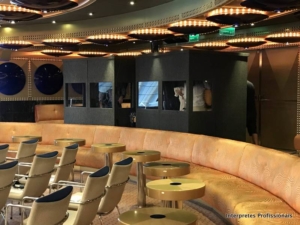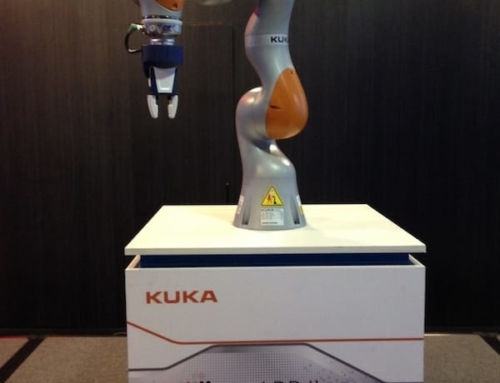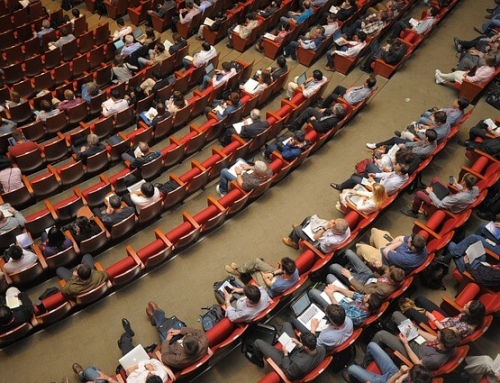Which type of translation should I hire in Brazil? One of the questions we most often hear from those who need to hire interpreters for events or meetings, is which is the most appropriate? Should it be simultaneous or consecutive translation? First of all, you need to understand the main differences between each type of translation service in order to decide the most appropriate one, according to your needs. After the Covid-19 pandemic, RSI or remote simultaneous interpretation has become the new normal, using platforms such as Zoom, Kudo or Interprenet. You can read more about this following the link below:
Simultaneous translation using zoom app for Brazilian Portuguese
Simultaneous translation booths, two interpreters working in each booth, on a cruise ship, the Costa Favolosa

Which type of translation should I hire in Brazil?
What is simultaneous translation?
It is also known as simultaneous interpretation. This mode of translation is used more often because it enables the communication in a more natural way and it is almost real-time communication between participants with the aid of microphones for the speaker and headphones for the audience. The message is transmitted mainly by radio with the use of specialized equipment.
Very often used at congresses and events with large numbers of participants; at the same time that the speaker is talking with the help of a microphone, the translator or interpreter translates the speaker’s language into the language of the participants, and if the professional is good and experienced, the translation takes place in an agile, natural and understandable way.
The interpreter works inside a simultaneous translation booth that has all the necessary equipament to listen to the speaker and to transmit the translation to the audience using headphones. Some specialized companies, such as the Interpretes Profissionais, also offer mini portable simultaneous translation equipment that does not require the use of a booth, the interpreters sit or stand in a discreet location and talk quietly into a wireless transmitter. It is perfect for groups of up to 40 people.
Let’s look at an example in the real world.
The World Economic Forum brings together leaders and participants from different countries with the most varied languages. The leaders speak in their native language and each participant, with the help of headphones, listens to the translation according to the language of their country. In this case, note that there are several simultaneous interpreters occupying different booths.
What is consecutive interpretation?
The speaker makes his presentation while the translator or interpreter listens in silence, paying close attention, and depending on the occasion, writing down relevant notes. After a few seconds, the interpreter translates what was said, loudly, in the same tone as the speaker. During the dialog the reverse translation also occurs.
Have you realized that the people involved in the dialogue when consecutive translation is used, do not communicate at the same time? This doubles the time of your event.
Should I hire consecutive or simultaneous translation?
The tips below will clarify your doubts, and you will know which type of translation service is the best for you…

Many motivational events take place on cruise ships such as the Costa Favolosa; recently we translated on this ship for a well known company that manufactures spectacles. It was a huge success !
When to hire simultaneous translation
- At conferences with a large number of speakers and visitors: ideal because simultaneous interpretation does not interfere with the timing and agenda of the event.
- Business meetings with a large numbers of participants.
- Any event where time is critical. Example, lectures or workshops with specific and limited hours.
When to hire consecutive translation?
- A good example: the speech of a CEO to all employees of a company: in this case consecutive translation is adequate because in this type of event there is the participation of many employees, for a short time, and it is not worth hiring equipment for simultaneous translation for so many people. They are also take place in venues unsuitable for putting up all the necessary structure of translation booths.
- Meetings for few people.
- Interviews: used both during the interview and also to assist in the writing or editing of articles or materials.
- Press conferences: ideal because it responds well to the dynamics of reporters.
- Remember that consecutive translation takes much longer and also that those who understand both languages can become easily tired and bored.
Have you understood the main differences between simultaneous or consecutive translation services? We hope that you can now evaluate the best option for your business or event. And remember, when hiring an interpreter, take into account the experience and the clients attended, because it is a resource that needs to have excellent quality, since it affects the communication between people.
Visit our English LinkedIn profile page clicking on the link: Interpreters – Simultaneous Translation for Brazil





Leave A Comment